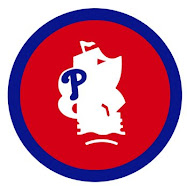Himalayan salt lamps are generally found to be light orange to burnt ochre. Carved from natural salt crystal, they are generally suitable to fit atop small end tables or window sills and have been hollowed out to accommodate an incandescent bulb & its fixture. Popular for their effusive attractive glow, they are commonly used as nightlights and for those situations requiring "ambient mood lighting". There are known claims of the salt lamps' health-promoting properties (such as the ability to release ions that purify the air), but these postulations have not been substantiated and are, at present, recognized as 'pseudoscience'.









 [photos courtesy the author & the internet]
[photos courtesy the author & the internet]











































